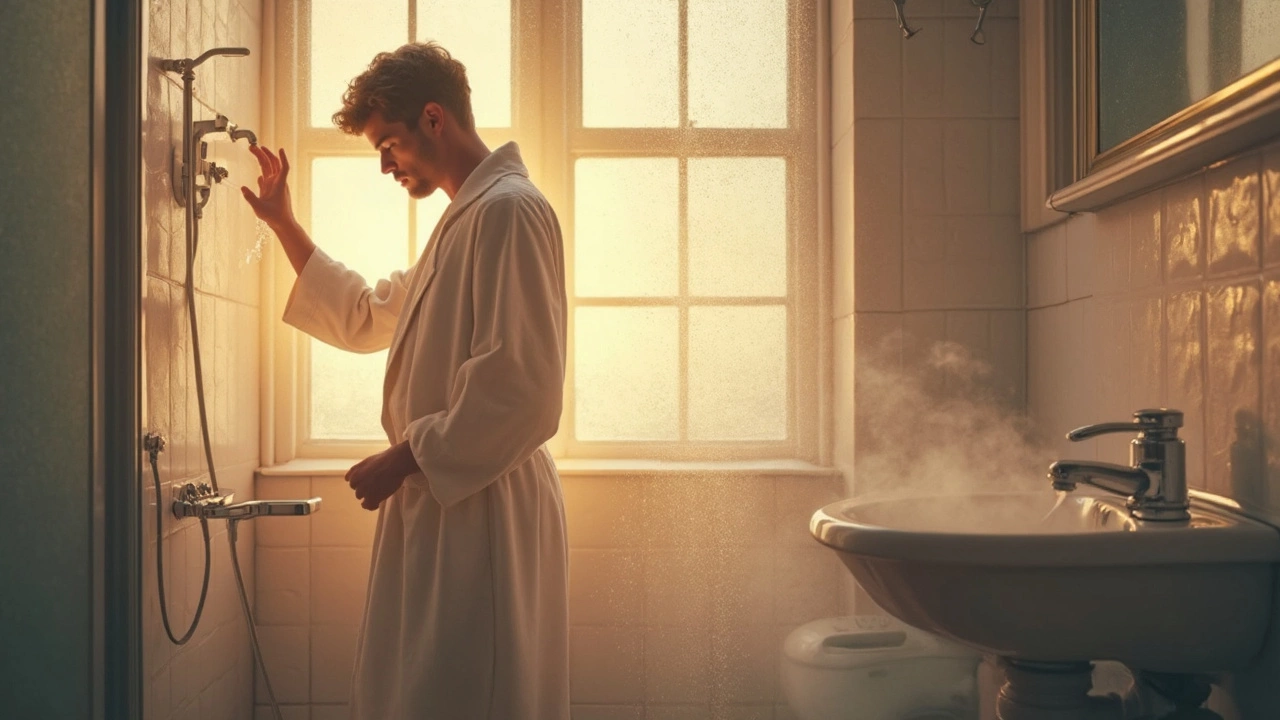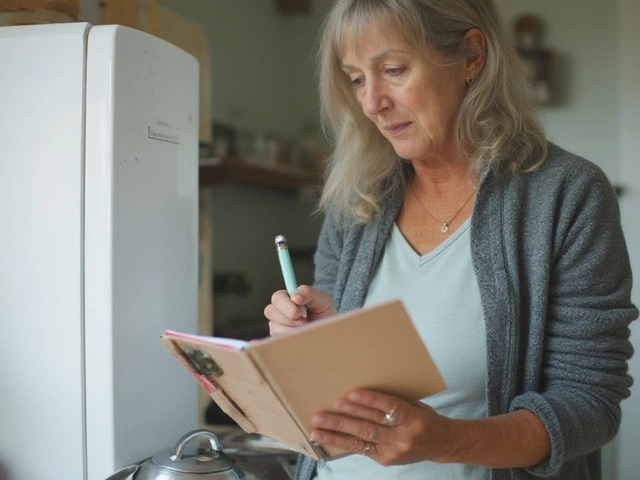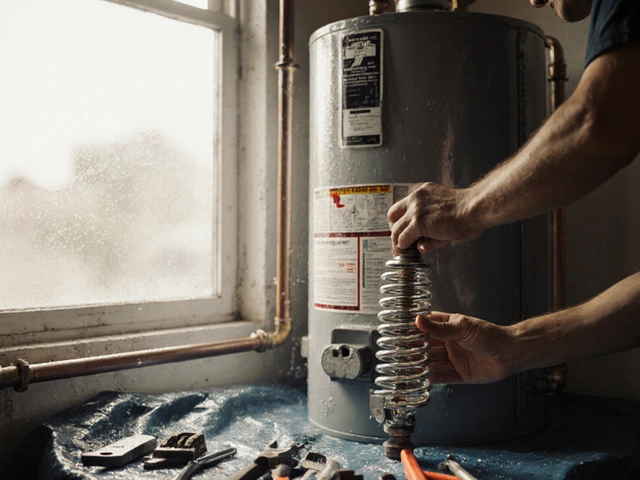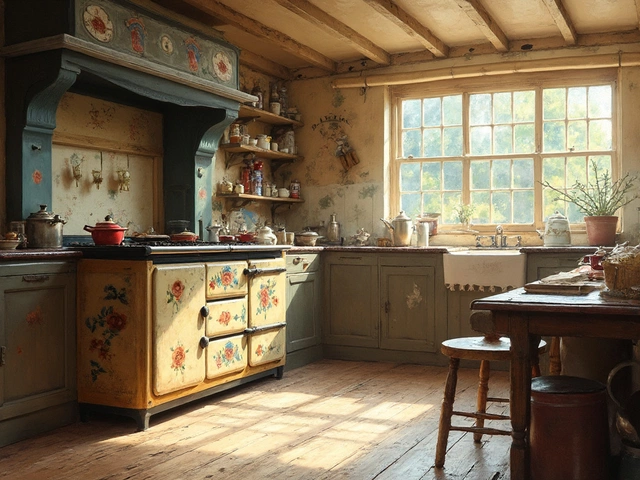Freezer Repair vs. Replacement: Ultimate Guide to Lower Costs and Smart Choices
July 17 2025Sink Repair and Maintenance Guide
Got a drip, a slow drain, or a busted pipe under your kitchen sink? You don’t have to wait for a plumber to show up. Most sink issues can be tackled with a few tools and a bit of know‑how. This guide walks you through the most common problems, quick DIY fixes, and the signs that it’s time to call in a professional.
Common Sink Problems and Easy Fixes
Leaking faucet. The first thing to check is the washer. Turn off the water supply, remove the faucet handle, and pop out the old washer. Slip a new one in, reassemble, and you’ll often stop the drip in minutes. If the leak persists, the O‑ring or cartridge may need replacing – both are cheap and easy to swap.
Clogged drain. A simple kettle of boiling water can melt greasy build‑up in the pipe. Follow that with a cup of baking soda and a splash of vinegar; let it fizz for 10‑15 minutes, then flush with hot water again. For tougher clogs, a plumber’s snake (also called a drain auger) pushes through blockages without damaging the pipe.
Loose or noisy pipes. Rattling sounds often mean a pipe is hitting the cabinet. Grab a few zip ties and secure the pipe to the underside of the countertop or the cabinet wall. Tightening any loose connections with a wrench can also quiet the noise.
Stained or corroded metal. If your stainless steel sink looks dull or has orange spots, a mix of mild dish soap and warm water works for everyday cleaning. For stubborn stains, sprinkle baking soda on a soft cloth, rub gently, then rinse. Avoid abrasive pads – they can scratch the surface.
Water pressure problems. Low flow can be caused by a clogged aerator. Unscrew the aerator from the faucet tip, soak it in vinegar for an hour, then scrub off any mineral buildup. Reattach and you’ll usually restore full pressure.
When to Call a Professional
If you’ve tried the above steps and the sink still leaks, the issue is likely deeper in the plumbing wall. A burst pipe or a cracked sink base needs a qualified tradesperson to avoid water damage and costly repairs.
Similarly, if you notice foul smells even after cleaning the drain, there could be a venting problem that requires a specialist’s eye. Gas‑related work, such as moving a gas line near the sink, should always be handled by a certified gas engineer.
Lastly, when you’re planning a full sink replacement or want to upgrade to a double‑bowl layout, professional installation ensures the connections are sealed correctly and meet local building codes.
Bedford homeowners can rely on local gas engineers not just for boilers, but also for any plumbing work that involves gas appliances nearby. A quick call can save you from a leak that turns into a flood.
Keeping your sink in good shape doesn’t have to be a chore. Regularly clear debris, tighten connections, and give the surface a gentle clean. When a problem sticks around, know when to roll up your sleeves and when to hand it over to the pros. Your kitchen will stay functional, tidy, and leak‑free for years to come.
 13 Jun
13 Jun
Hot Water Only at the Sink? What Your Shower Is Really Telling You
If you’re getting hot water from your sink but only cold in the shower, something’s off—and it’s not always your water heater’s fault. This article breaks down the problem step by step so you can figure out exactly what’s going wrong. Learn common culprits and smart fixes you can try on your own before calling a plumber. From shower valves to hidden clogs, get the answers you need to get your mornings back on track. Simple troubleshooting makes all the difference—and it’s probably not as complicated as you think.
Read More...



